This painting by Eugène Grobon (1820–1878) is a remarkable example of the 19th-century Lyonnaise tradition of still life. A student of the École des Beaux-Arts in Lyon, Grobon received a rigorous training, notably under the guidance of his elder brother, François Frédéric Grobon, himself a recognized artist. This fraternal bond proved decisive: the two brothers collaborated closely, producing numerous lithographs under the name “Grobon Frères,” particularly between 1844 and 1850. Their lithographic work, influenced by Pierre-Joseph Redouté and Antoine Berjon, stands out for its refined execution and meticulous botanical detail.
In this painting, Eugène Grobon depicts two bunches of grapes—one golden, the other purple—accompanied by vine leaves with delicately veined surfaces. The carefully modulated light reveals the translucency of the grapes and the velvety texture of the foliage. The neutral, softly shaded background enhances the composition without distracting the viewer’s gaze, highlighting the artist’s mastery in rendering materials and color.
The scientific precision of the drawing reflects Grobon’s experience in botanical lithography, a field in which he and his brother excelled. Their series of lithographic plates, such as Fleurs à la Redouté, bears witness to their intent to unite art and science, observation and beauty.
Through his realism, Grobon invites the viewer to contemplate the beauty of everyday life, while also reflecting on the transience of existence. The balanced and harmonious composition reveals a keensense of arrangement and a deep sensitivity to light. The overall atmosphere is serene, almost silent, with every detail seemingly frozen in time, like a suspended moment.
In sum, this still life by Grobon is a tribute to nature, to scientific accuracy as well as to the poetry of observation, placing the artist among the great masters of 19th-century still life.


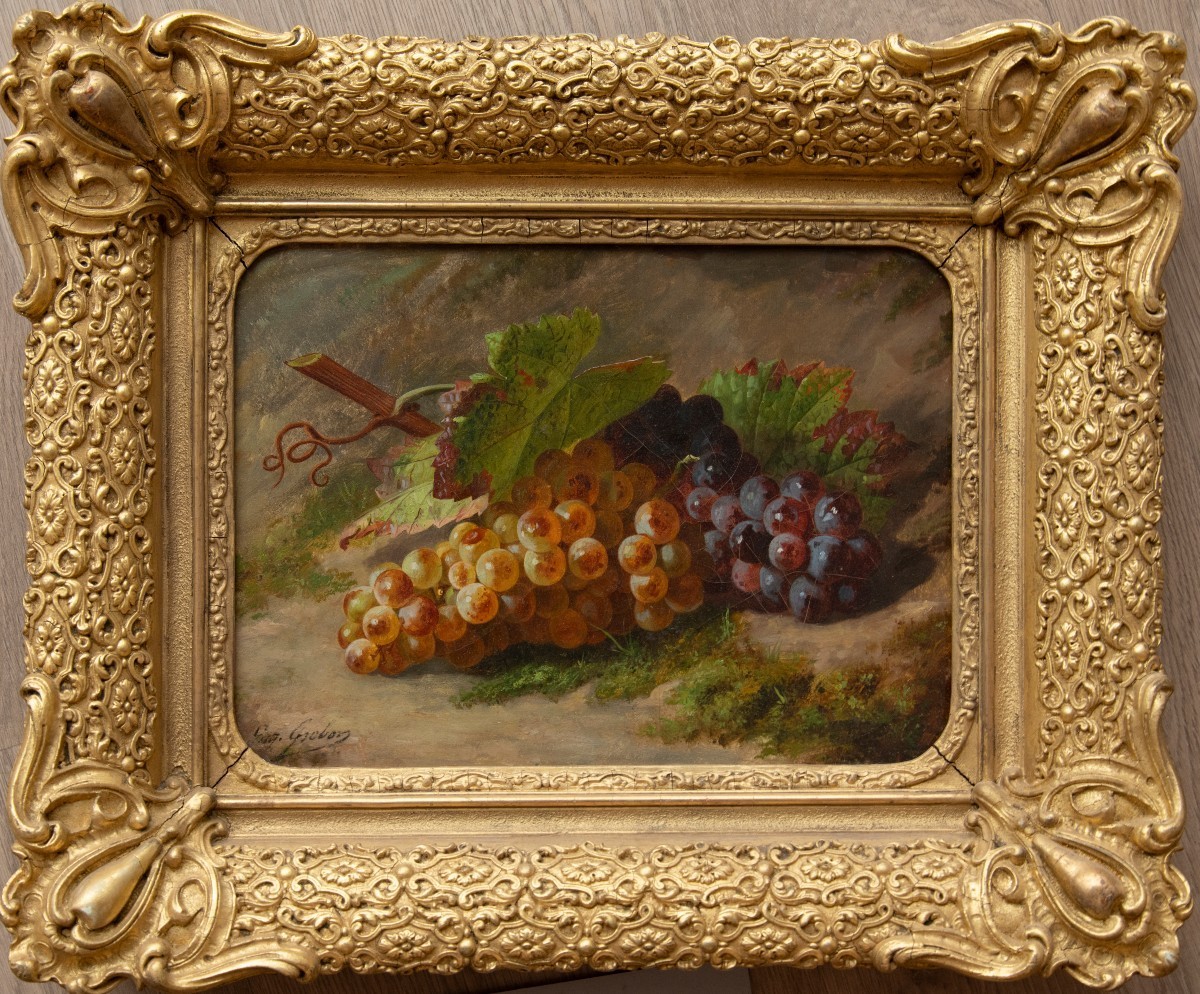
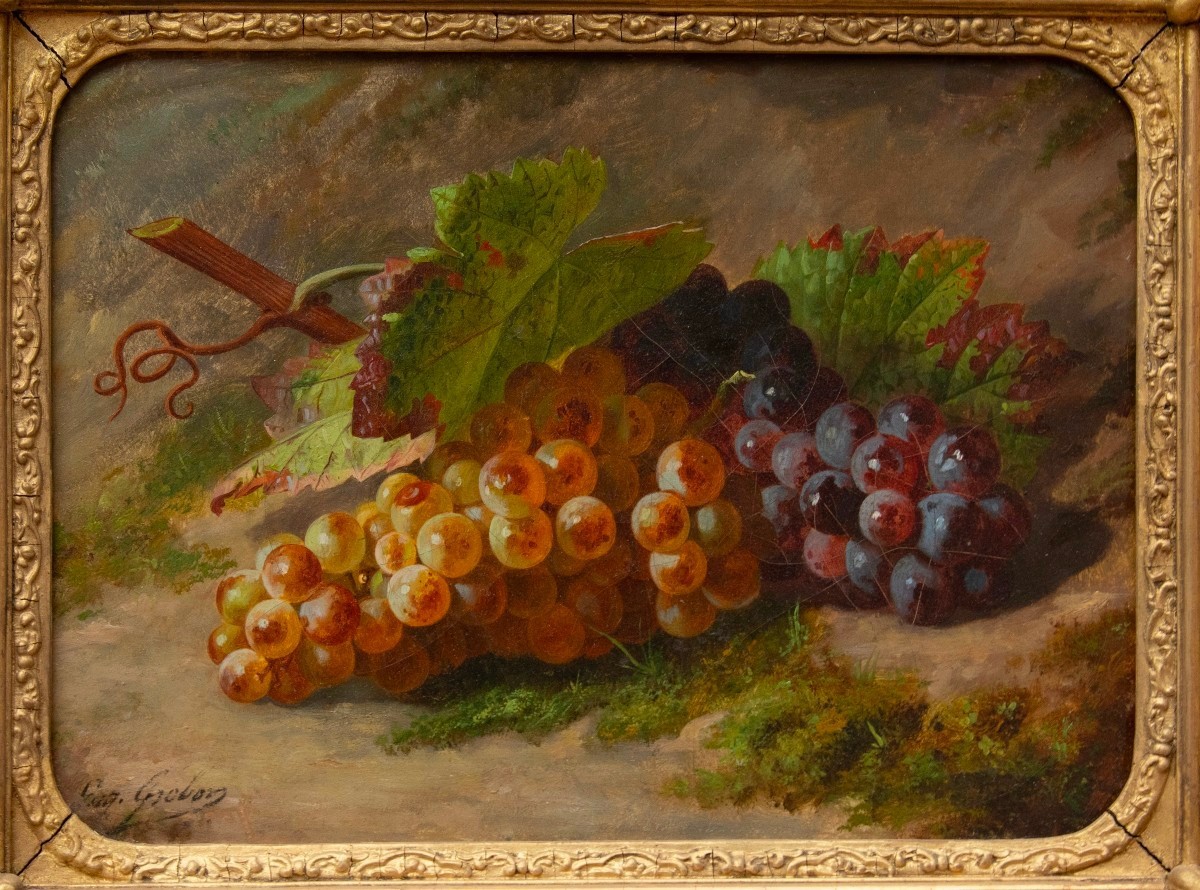



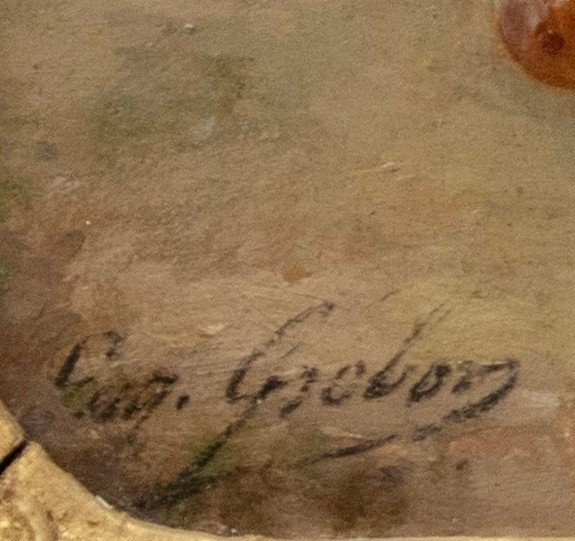








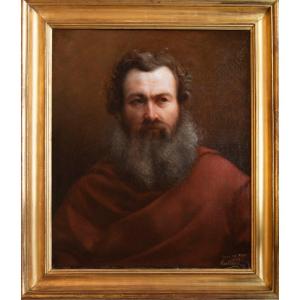

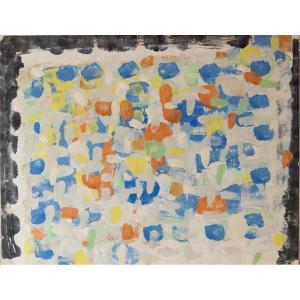


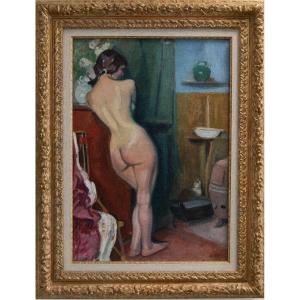


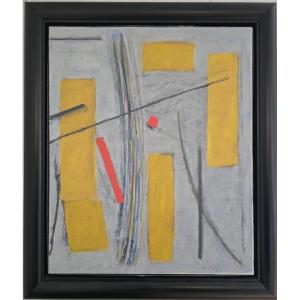
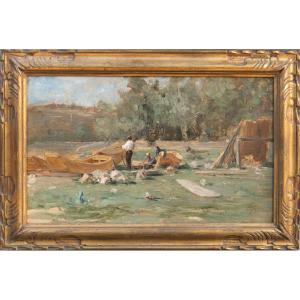
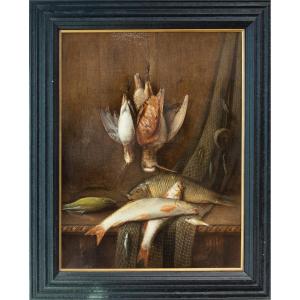



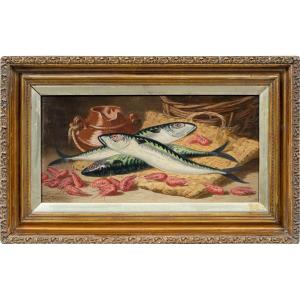
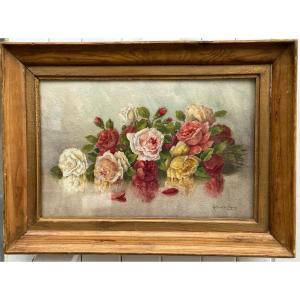

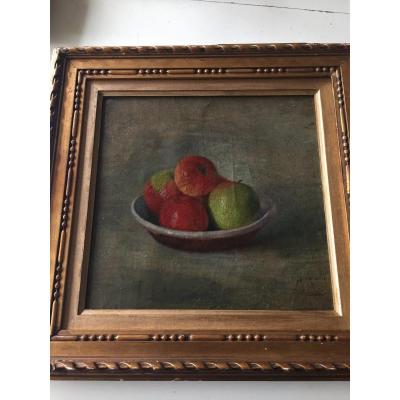




 Le Magazine de PROANTIC
Le Magazine de PROANTIC TRÉSORS Magazine
TRÉSORS Magazine Rivista Artiquariato
Rivista Artiquariato